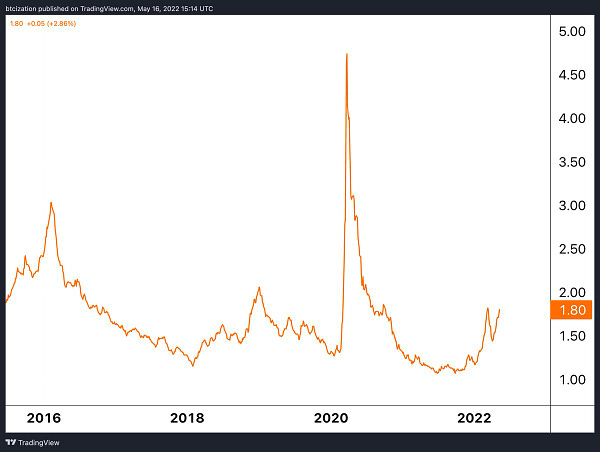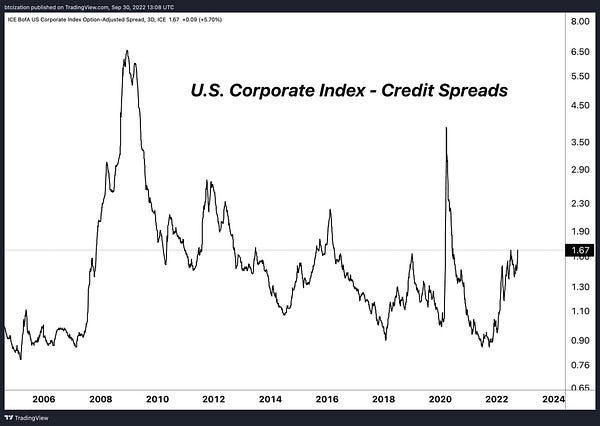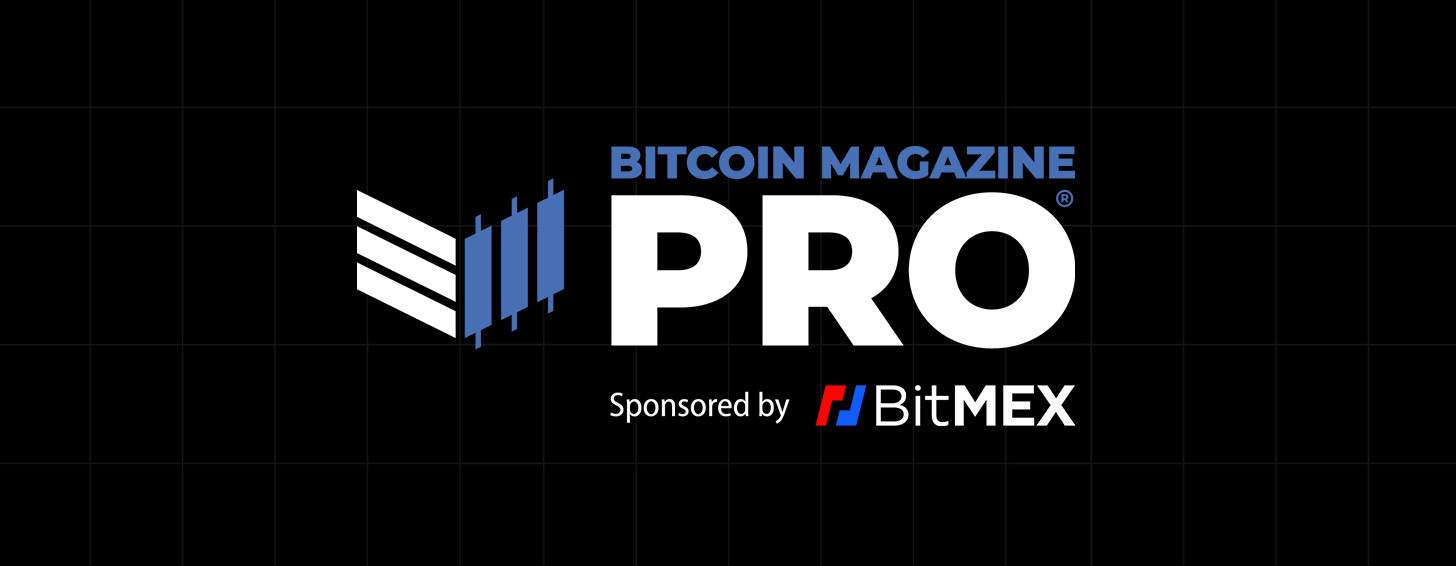Pt 1: Looming Credit Default Risk & The Fall of Zombie Companies
S&P 500 closes below 3600 today, negative for the quarter and month. Corporate credit risk rises alongside interest rates and the bill for zombie companies is due. Overheated valuations are unwinding.
Relevant Past Articles
U.S. Equities Outlook
This issue will briefly cover the current outlook of global equities. We have covered the deteriorating macroeconomic backdrop extensively, but today in particular, we want to examine the structural forces driving the U.S. equity market.
We are writing this piece as equities are closing down for the third quarter in a row for the first time since the GFC (global financial crisis). Today, the world is having a crisis of its own, in a similar yet very different manner. While the GFC was mainly a result of toxic loans and counterparty risk in the banking system, today we are facing the meltdown of the global everything bubble. Fueled by the lowest interest rates in recorded history, the valuations of every asset class on the planet exploded alongside debt levels.
As inflation has exploded across the globe from COVID-19 monetary and fiscal stimuli, combined with a global energy deficit, fixed income as an asset class has experienced a generational sell-off, while spiking yields in the process.
U.S. bonds with maturities greater than 10 years are experiencing their worst decline in percentage terms in the history of the data.
Source: Holger Zschaepitz
Aside from the sell-off in the bonds from an asset class, the sell-off subsequently means a rise in yields, which presents major problems for all participants of the economy, as credit expansion grinds to a halt and the game of musical chairs for dollars begins.
Particularly, in regards to equities, the spike in yields will come to present an increasing problem for over-indebted companies, of which have grown immensely since the GFC. Zombie companies are now a growing concern and are defined as companies with an interest coverage ratio <1 for three straight years (i.e., your profits don't even cover the debt plus interest you owe).
Source: Stansberry Research
As yields soar, this problem becomes even larger, and further puts strain on companies to roll over their debt.
As liquidity troubles turn into solvency risk, we can expect many of these “zombie firms,” and even some businesses that were thought to be strong, to go bankrupt, as balance sheets deteriorate from soaring expenses and higher interest rates.
The Darwinian process known as economic “creative destruction” is now being rapidly expedited by the Federal Reserve after its own policies attempted to stave off creative destruction for decades on end.
The monetary tightening will be felt, and many participants will go under as a result. Credit default swaps on investment grade and high-yield debt are exploding to new highs as we write.
The huge regime change in liquidity conditions has not yet been fully felt by the market, in our view. First liquidity risk, then solvency risk:




Shown below are the credit spreads for corporate issuers by credit rating:
This concludes Part 1 of “Looming Credit Default Risk And The Fall of Zombie Companies”. You can access the original article, published Friday 9/30/22, by clicking the button below.
Try a 30-day free trial of the Bitcoin Magazine PRO paid tier to receive all of our articles in full as they go live.
Thank you for reading Bitcoin Magazine Pro, we sincerely appreciate your support! If you found this article useful, please leave a like and let us know your thoughts in the comments section. This article is free to the public, so feel free to share it far and wide.












